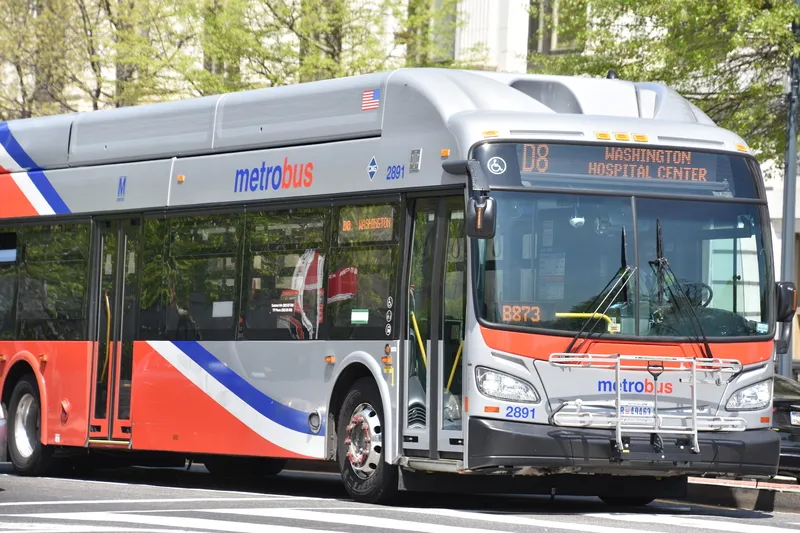A wireless automatic vehicle identification (AVI) recently installed for public transportation provider Veolia in Sweden enables the company to control access to its gated dedicated motorway ramp.
The Idesco system, installed by access control and security system supplier, GPP Perimeter Protection, includes passive windscreen tags on the buses, RFID readers and a bus gate controller to enable bus drivers to access the ramp without stopping to open the gate and prevents access by unauthorised drivers.
October 31, 2013
Read time: 1 min
A wireless automatic vehicle identification (AVI) recently installed for public transportation Provider 5324 Veolia in Sweden enables the company to control access to its gated dedicated motorway ramp.
The7039 Idesco system, installed by access control and security system supplier, GPP Perimeter Protection, includes passive windscreen tags on the buses, RFID readers and a bus gate controller to enable bus drivers to access the ramp without stopping to open the gate and prevents access by unauthorised drivers.
“This system for expediting our vehicles not only saves us time but, even better, serves the environment by reducing fuel consumption. Consequently, the overall system solution GPP Perimeter Protection developed and deployed using Idesco readers and controllers has been great – we are very pleased,” says Bengt Wedin of Veolia.
The
“This system for expediting our vehicles not only saves us time but, even better, serves the environment by reducing fuel consumption. Consequently, the overall system solution GPP Perimeter Protection developed and deployed using Idesco readers and controllers has been great – we are very pleased,” says Bengt Wedin of Veolia.








